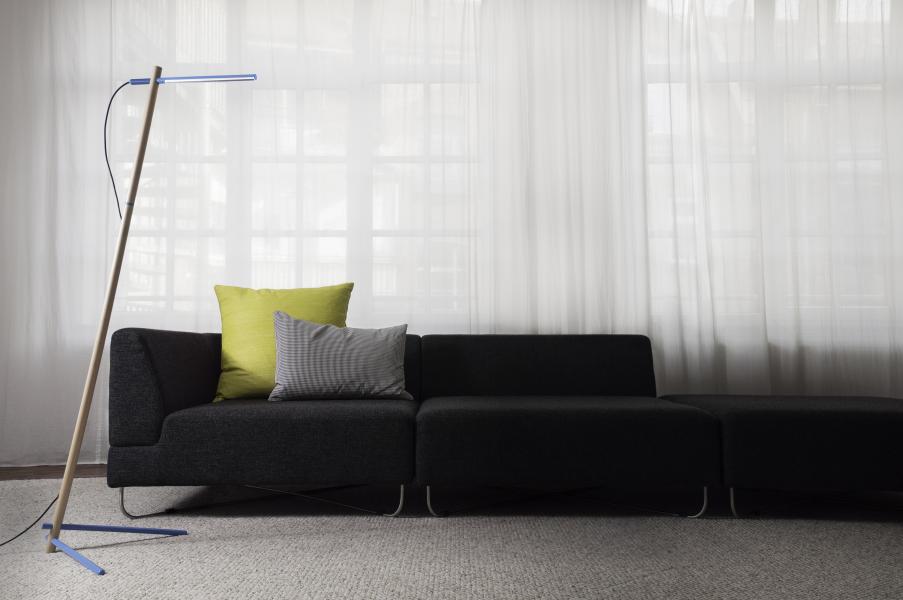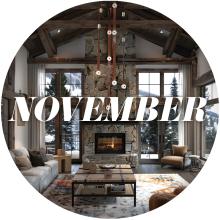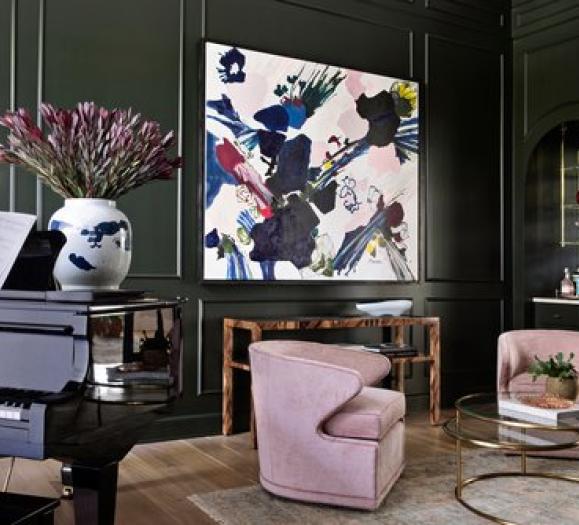
Some lighting manufacturers quip that their products have better color temperature than others, and you might see a number that correlates to “color temperature” on the side of the box of a 4-foot fluorescent tube.
But what exactly is color temperature?
“Color temperature is one of the metrics we use to help describe how warm or how cool the color of a light source is,” explains Mary Beth Gotti, manager of the GE Lighting and Electrical Institute in Cleveland, OH.
Gotti says the color temperature numbering system is based on the practice of heating up a piece of metal. The hotter it burns, the whiter the piece of metal becomes. Imagine molten steel or lava that’s red near the surface and an almost blinding white in the center of a volcano.
“Think of a piece of charcoal that’s black at room temperature and as you apply heat and it gets hot enough it will glow, and it will glow red as it gets hotter, and it may get orange as it gets hotter yet, it may get yellow,” Gotti says. “Eventually things will get white hot. The hottest stars, for example, are blue-white stars.”
Color temperature of light bulbs is measured with a machine called a spectroradiometer, which determines how many red light waves and blue light waves make up the light that’s emitted from the bulb.
Color temperature is measured in Kelvins, which corresponds to how hot a piece of metal would have to be in order to emit the same kind of light as the bulb. The higher the number, the bluer the light.
Incandescent bulbs, for example, have color temperatures between 2,700 and 2,800 Kelvins (often written 2700K). Halogens generally range from 2800K to 3000K. And fluorescents can range anywhere from 2700K up to 6500K. Gotti says the most common fluorescents used in institutional settings have a color temperature of about 4100K.
Higher numbers, however, don’t mean that the bulb itself is hotter.
“When you think of these fluorescent sources, just because it’s a higher number doesn’t mean any part of the lamp burns hotter,” Gotti explains. “It’s that theoretical… piece of metal, if you will, that’s the temperature it would have to be to emit the same color as the light coming out of the bulb. Normally with fluorescents, you change the coating to get the different colors.”
Lighting manufacturers indicate color temperatures in different ways. GE denotes color temperature using SP27 to indicate a light with a color temperature of 2700 Kelvins. A GE 4-foot fluorescent tube that says SP30, for example, would have a color temperature of 3,000 Kelvins.
Gotti says other manufacturers indicate color temperature in the last two digits of a number. For example, light bulbs that say 735 or 835 would have the same color temperature — both would have a color temperature of 3,500 Kelvins. Gotti says the first digit in the sequence is used to indicate color rendering, which is how well a light source reproduces color that’s equal to natural light. Color rendering is measured on a scale of 0-100, so a light bulb that says 735 would have color rendering in the 70s, and one that says 835 would have color rending in the 80s.
So why would someone want a bluer light source?
“Different color temperatures can be used in a variety of environments. Sometimes what you prefer is based on light levels. I mean, candlelight is wonderful, but if I walked into a factory where they have very high light levels and the color temperature was the same as candlelight it’d be pretty oppressive looking,” Gotti says.
Gotti says most homeowners are looking for bulbs that are similar to incandescent, but some are becoming more comfortable with bluer lights. “If you want the fluorescent color to blend better with daylight, you may pick that higher number,” Gotti says.






